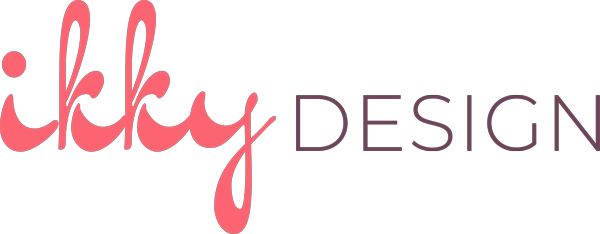Establish Your Personal Brand
What impression are you trying to make on your audience? Your personal brand is how your personality, unique skills, and values intersect with your public persona. Your portfolio should clearly demonstrate who you are as a designer and what makes you interesting.
Clearly list your name at the top of your portfolio website to help visitors easily identify whose work they are reviewing. If you have a personal logo, like a simple icon or a stylized version of your initials, you should consider including that alongside your name, too.
Simple and Intuitive Navigation
Users should be able to reach the homepage from any part of your site and your navigation should lead them from one project to the next. Your contact page should be easy to find and should include your email address, a copy of your resume and links to other social media accounts.
Have Your Own Domain Name
You can start with a template site but customise it to make it more in line with your personal brand. Register your own domain name and ensure any trace of the website builder's URL is removed from the site.
Include A Diversity of Projects
Each portfolio should have 3-6 projects that demonstrate your skills.
Make Your Portfolio Responsive
More and more people are viewing websites and mobiles and tablets. Ensure your site is resposive on smaller screens as well as on desktops.
Include an "About Me" Page
Create a page on your portfolio website where visitors learn more about your interests, experiences, and passions.
Include what kind of work you do; what you're passionate about or things you value; where you work currently; if your job is in a related field; your credentials, and any additional education; any notable projects, clients, or awards; and your contact information, including your email address, links to your profiles on professional networking sites, and where you currently live.
Consider the Colour Scheme
The colors in your portfolio can provide a more engaging user experience, and should reflect your personality and personal brand. Select a small set of colors that work well together, like one primary color and one accent color. The goal of the colors is to support your content and personal brand, not distract from it.
Include Case Studies
Case studies give potential empolyers an insight into your thinking process from the beginning to the end. A case study answers these questions.
- What was the problem you were trying to solve?
- What process did you follow?
- Where did you succeed or fail?
- What insights inform your design decisions along the way?
- What was the ultimate solution?
- Why do you feel that solution was the best?
When describing case studies you may want to include things like the project's name and duration, your role on the design team, your personal contributions to the project, the project's goal, the research that was conducted, the intended audience, any sketches or wire frames user testing results, the final design and a conclusion about what you learned in the process.
Be careful not to share any proprietary information or break a nondisclosure agreement, if you have one.
Use a Consistent Voice
The written content that appears in your portfolio website and across your online profiles should have a similar voice. Your writing might be a bit more professional on your LinkedIn profile, but you want it to sound like the same person who’s writing in your portfolio. If your brand is relaxed and humorous, don’t be afraid to add a bit of that humor into your online profiles (where appropriate, of course)



